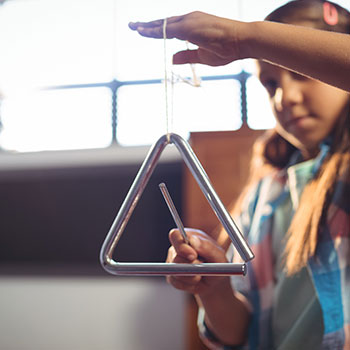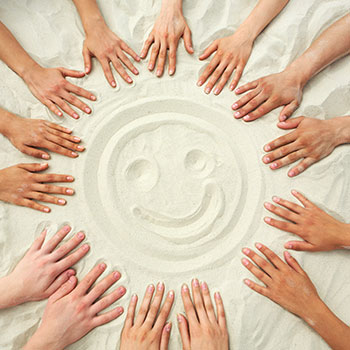 If you Google “what shape is the strongest?”, the answer will be the triangle. The explanation is that any weight placed on them is evenly distributed on all three sides. Shapes don’t in themselves have strength. Consideration must be given to material properties, geometric properties, boundary conditions, and other things above my pay grade.
If you Google “what shape is the strongest?”, the answer will be the triangle. The explanation is that any weight placed on them is evenly distributed on all three sides. Shapes don’t in themselves have strength. Consideration must be given to material properties, geometric properties, boundary conditions, and other things above my pay grade.
If you Google the weakest shape, the most common answer is the circle. Many variables will factor here as well. As it turns out, there really is no simple, one-size-fits-all answer to the question. Knowing if we need strength for support or containment is an example of what needs to be known to answer the question.
If we move away from physical structures, I would argue that the circle is the strongest shape.
Specifically, I’m talking about your circle of friends. Studies have shown that our social network can be a great resource to help with our mental well-being. Since social network sounds a bit clinical, I’ll stick with friendship.
 An article from the Mayo Clinic points out the benefits of friendship.
An article from the Mayo Clinic points out the benefits of friendship.
- Increase your sense of belonging and purpose
- Boost your happiness and reduce your stress
- Improve your self-confidence and self-worth
- Help you cope with traumas, such as divorce, serious illness, job loss or the death of a loved one
- Encourage you to change or avoid unhealthy lifestyle habits, such as excessive drinking or lack of exercise
While reading about friendships, you’ll likely encounter articles about how many friends you should have, the “requirements” for friendship, choosing your friends wisely, etc. In my experience, the answer to these questions can be found in the smartest part of your brain – (your gut.).
Forming friendships is simple, although it’s not easy.
The Mayo Clinic article offers some examples of how we can meet people.
- Attend community events. Look for groups or clubs that gather around your interests or hobbies. You may find these groups online or listed in the newspaper or on community bulletin boards. Many websites help you connect with new friends in your neighborhood or city. Do a Google search using terms such as [your city] + social network or [your neighborhood] + meet-ups.
- Volunteer. Offer your time or talents at a hospital, place of worship, museum, community center, charitable group, or other organization. You can form strong connections when working with people with mutual interests.
- Extend and accept invitations. Invite a friend to join you for coffee or lunch. When you’re invited to a social gathering, say yes. Contact someone who recently invited you to an activity and return the favor.
- Take up a new interest. Take a college or community education course to meet people who have similar interests. Join a class at a local gym, senior center, or community fitness facility.
- Join a faith community. Take advantage of special activities and get-to-know-you events for new members.
- Take a walk. Grab your kids or pet and head outside. Chat with neighbors who are also out and about, or head to a popular park and strike up conversations there.
For some, these things come naturally. For others, not so much.
If meeting people comes naturally to you, be on the lookout for those who may seem uncomfortable engaging with unfamiliar people. Be the person who extends invitations.
 My granddaughter recently received a Student of the Week award. As part of the prize, she was given the opportunity to select another student to have lunch with along with the teacher. (I have to commend the school for this program.) When asked who she chose and why, my granddaughter explained that her first choice was a girl who was very shy and interacted less with other kids. She taught me a valuable lesson that we can all learn from. She also made me a proud poppy.
My granddaughter recently received a Student of the Week award. As part of the prize, she was given the opportunity to select another student to have lunch with along with the teacher. (I have to commend the school for this program.) When asked who she chose and why, my granddaughter explained that her first choice was a girl who was very shy and interacted less with other kids. She taught me a valuable lesson that we can all learn from. She also made me a proud poppy.
So, what’s the strongest shape? It’s the circle!
October 2023




